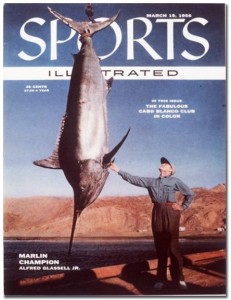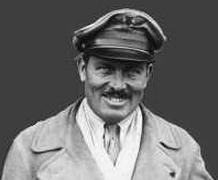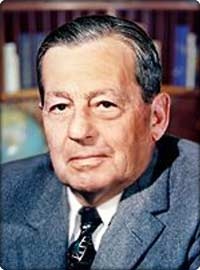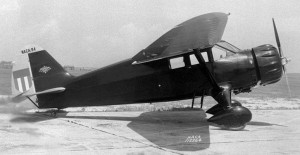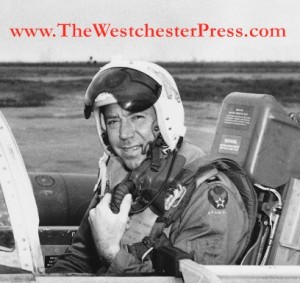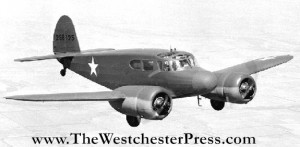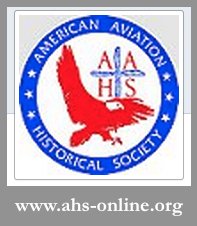
Check out the book review of “When No One Else Would Fly” in the AAHS Flightline Newsletter, 2nd quarter 2014, No. 187, page 8
This month’s edition of the Flightline newsletter published by the American Aviation Historical Society (AAHS) carries a book review of “When No One Else Would Fly” and I am delighted.
Hayden Hamilton has written a thoughtful and detailed review that highlights what is most important about the book – that it describes the important but little known contribution Col. C. J. Tippett made to aviation during his lifetime.
The review also gives a candid assessment of an aviation expert’s opinion of the way I wrote the book, by interspersing Tip’s own writing with my historical summaries… which he did not hate!
Mr. Hamilton declared the book “an excellent read and reference for those interested in the development of civil aviation in both the U.S. and South America during the 1940s and 1950s.”
The review, and the whole newsletter, are a ten-course meal for aviation enthusiasts – as is the AAHS website, www.aahs-online.org.
Click here to read the review, and I encourage you to click around on the AAHS website as well – it is a rich resource for american aviation history.
The quarterly newsletter is available to anyone clicking through to the site. The organization’s magazine, a full-color beautifully written resource of aviation articles, goes to members. Membership is not expensive and well worth it.
The review appears on page 8 of the 2014 second quarter AAHS newsletter, No. 187.
My thanks to the AAHS!

